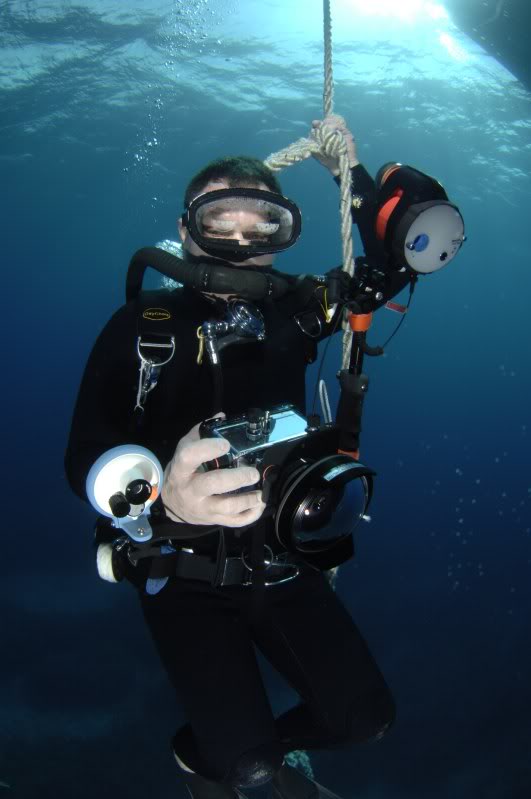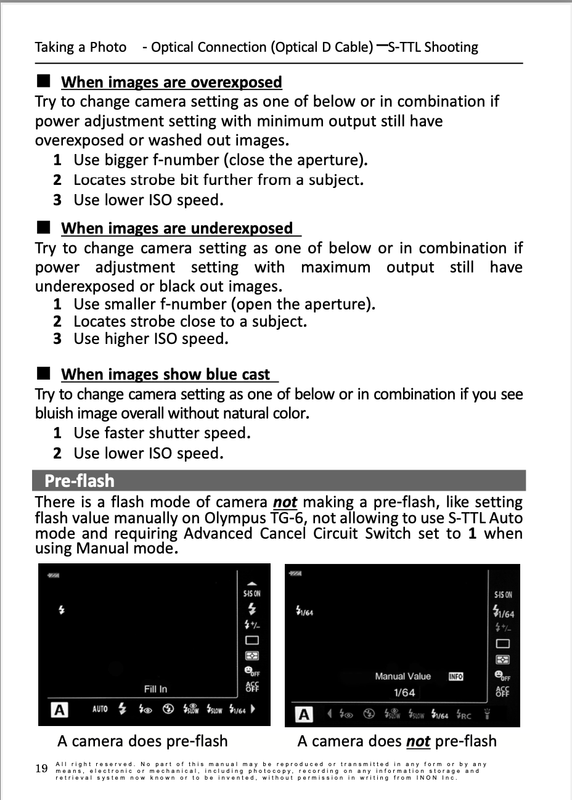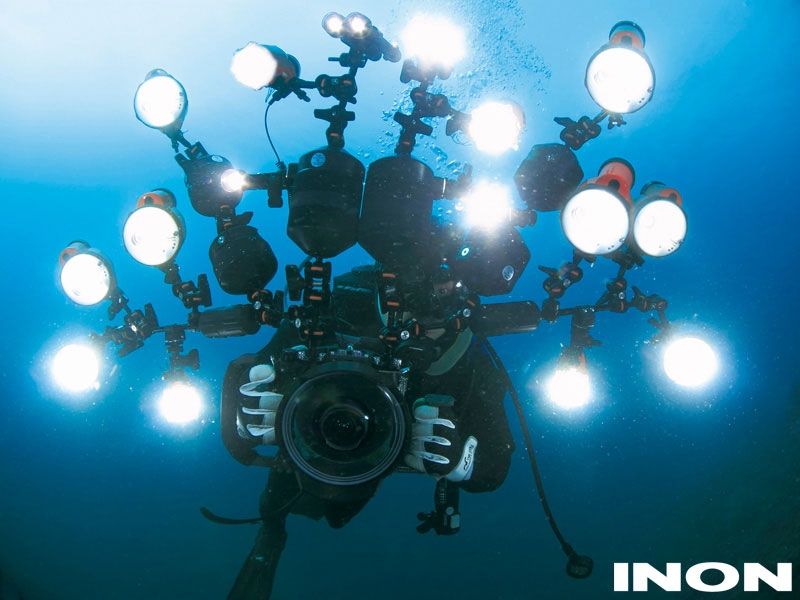OP
Given strobes in manual mode (e.g. because the trigger only supports manual), do people have any better strategies than manual mode for setting aperture and shutter speed? I am getting OK results using trial shots and histograms, but it does seem a bit of a waste of all of the fancy spot-metering capabilities of my OM-1.






